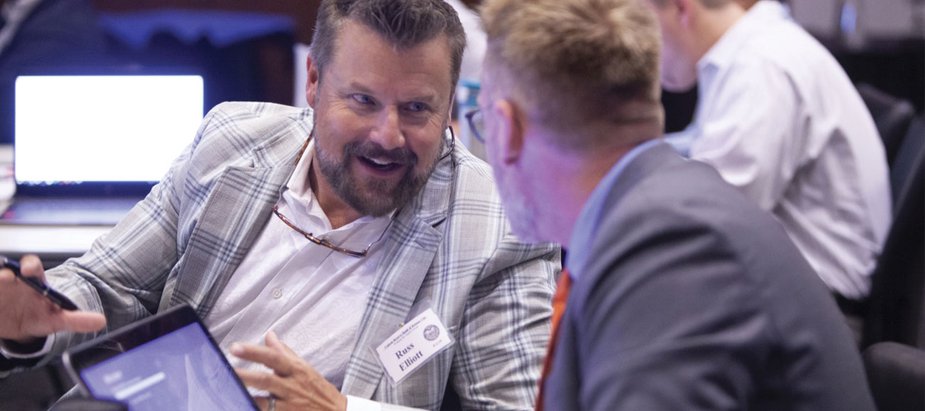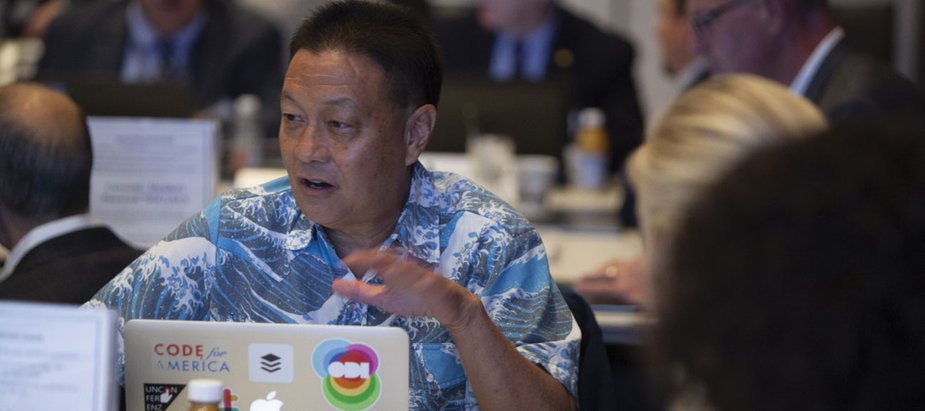Affordable high-speed internet access, along with the relevant skills and computers to utilize it, has become foundational to participation in our modern world. Education, small business, health care and employment all require digital skills and access. Unfortunately, many individuals and companies lack such access, leaving them on the wrong side of what’s known as the digital divide.
In early 2018, based on input from the KC Fed’s Community Development Advisory Council, the Bank launched an investigation into the digital divide with two initial goals:
- Identify key challenges and opportunities to narrow the digital divide and communicate the findings broadly.
- Identify what, if any, additional role the Bank could serve to narrow the divide.
The first step: Listen and learn
Through a series of roundtable discussions, one-on-one interviews, and an online survey, more than 160 practitioners weighed in. They shared perspectives on what’s working and what isn’t, which programs they admire, and what they wished the broader community understood.
This feedback identified seven common themes. The KC Fed’s community development team then sought out related research, policy and innovative practices to complement the themes. Results were recently released in a report, Disconnected, Seven lessons on fixing the digital divide.
Through this project, the KC Fed identified several calls to action that the Bank is pursuing to further narrow the divide.

Russ Elliott, broadband manager for the State of Wyoming, left, shares a thought with Jeremy Hegle, senior community development advisor for the Kansas City Fed.
Build awareness of the digital divide as a foundational community and economic development issue
The need: The digital divide is a complicated topic. As Christopher Mitchell from the Institute for Local Self-Reliance explained, “It’s a complex issue consisting of technology, economics, and politics.”
Action taken: The KC Fed structured its report, Disconnected, to serve as a primer for those with a direct interest in the topic but who lack a holistic understanding of the issues; a city manager, for example, concerned with affordable broadband in low-income communities, but also concerned with filling potholes, fire protection and affordable housing.
Facilitate the sharing of innovative practices
The need: People across the country are developing innovative approaches to narrow the divide. Knowing what’s worked well for peers in other communities often can be of great benefit. As one roundtable participant explained, “We need to keep communication open about what’s working well. The worst thing we can do is have lots of great pilot projects growing up in isolation.”
Action taken: On July 31 and Aug. 1, the Bank hosted a two-day conference in Kansas City, Missouri, for state broadband leaders. The content dove deep into the issues affecting broadband deployment initiatives, such as mapping actual broadband coverage, effective state regulations and approaches to working with state broadband taskforces. Participants came from as far west as Hawaii and as far east as Maine and Puerto Rico.

Among participants who traveled the farthest was Burt Lum, with the Hawaii Department of Business, Economic Development & Tourism.
Increase computer access to low- and moderate-income communities
The need: High-quality, up-to-date computers are a critical element to education, community and workforce development initiatives. The banking, government and broader business community often replace computers in two-to-three-year cycles. Replaced computers often are sold to computer refurbishers for pennies on the dollar.
Action taken: In October 2018, the Kansas City Fed launched a pilot program to evaluate the feasibility and effectiveness of donating 25 replaced computers to community development programs. In just six months, the donated computers were:
- Helping low-income students learn how to code and compete in robotics competitions
- Allowing three of their mothers to continue their education
- Increasing the digital skills capability of teachers in classroom
In 2019, the Kansas City Fed plans to expand the program to 75 computers and is consulting with other Federal Reserve Banks about launching their own programs. The Kansas City Fed plans to create case studies, demonstrating how computer donation programs can yield a low-cost, high-impact path to closing the digital divide.
